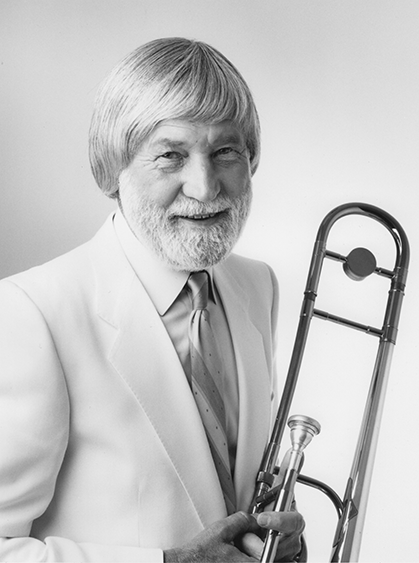16 Most Requested Songs
Availability
USA: CGK 40214 (deleted)
USA: CK 40214
Canada: WCGK 40214
Europe: CBS 57057
Holland: CBS 463010
Austria: CBS 472046-2
Austria: CBS 480514
Brazil: Columbia 721.137/2-040214 (titled Golden Era Collection)
Mexico: CGK 40214 (with outer cover titled Best Of The Best Gold)
About This Album
Columbia did a very poor job putting together this compilation CD. The liner notes are full of stupid errors. The original CD showed track 4 as "They Can't Take That Away From Me" and it is still that way on the European version. The sound quality is poor on some tracks and mono versions were chosen even though stereo versions were available.
At the time this compilation was produced in 1986, Ray Conniff had recorded more than 70 albums for CBS/Columbia. Yet the producers of this compilation sampled only 10 albums for this collection. It appears to have been thrown together in about an hour. Unfortunately, this is typical of how Ray's music has been treated in recent years. In many countries, this is the only Conniff CD available and it is a poor representation of Ray's distinguished career.
On the right: the outside wrapper of the Mexican "Best Of The Best Gold" CD.
This CD can be purchased from Amazon.
Prepared and remasted for compact disc by Mike Berniker
Engineered by Larry Keyes
Diginatlly mastered by CBS, New York
Cover photo: Gary Heevy
Liner notes
From a big-band trombonist buried in the brass sections of such forgotten groups as Henry Biagini and Jack Marshand to a world-renowned leader whose 50-odd LPs have sold in the tens of millions—that's the Ray Conniff story. Others, like the Dorsey Brothers and Benny Goodman have gone the same route to fame and fortune. What makes Conniff career so remarkable is that success came late—ten years after the big-band era died and Conniff had relinquished his trombone for an arranger's pen.
Ray Conniff was born in Attleboro, Massachusetts, the son of a pianist mother and a trombonist father. After the usual apprenticeship in local bands, he came to New York in 1938 and quickly landed jobs with such luminaries as Bob Crosby, Glen Gray, and Bunny Berigan. Good trombone players were a dime a dozen in those palmy days, but Conniff was in demand because he had a talent for arranging too. His first group, formed in 1941, was a disaster, but he quickly rebounded, joining Vaughn Monroe, then Artie Shaw in Hollywood. He enlisted with Shaw's Navy Band and, on demobilization, linked up with Harry James.
By 1948 the big-band era was dying, a victim of economics and changing tastes, and Ray switched careers, penning arrangements for the new breed of pop singers. Mitch Miller, head of A&R at Columbia Records, asked him to score a tune he wanted Don Cherry to record, "Band Of Gold." Ray had a vocal chorus vamp an intro to the lyric. "Band Of Gold" became a pot of gold and sold over a million copies.
His first LP 'S Marvelous came out on Columbia in 1953. A unique blend of wordless voices and mellow instrumental ensembles, the record stayed in the top-20 charts for nine months, and a third successful career was born.
In 1959 Conniff had an impressive number of LPs on the market, but the group was still strictly studio. Then a west coast booking agency took a poll of its audiences and found an amazing demand for a Conniff concert. The records were a result of very sophisticated sound mixing, and Conniff realized that any audience would be disappointed at a live show; so he hired a sound engineer to duplicate and operate his studio set-up. The first concert, at the Santa Monica Auditorium, was a sellout; and by the next date, at the Hollywood Bowl before 19,000 people, he had perfected his own portable sound and mixing system.
Throughout the 1960s Ray Conniff albums continued to be produced at an astonishing rate, their sales unaffected by the rock 'n' roll phenomenon. The group changed permutations constantly, with sometimes as many as 25 voices and as few as 7 musicians. Lately Ray has stated that he doesn't use the wordless formula as much as he once did. Instead, he is attempting to create a sound more in tune with today, as witness his latest album The Way We Were. But on this collection we have a distillation of the Ray Conniff who has become an American institution. Sit back, relax, and remember the way they were. — Duncan Allardyce
